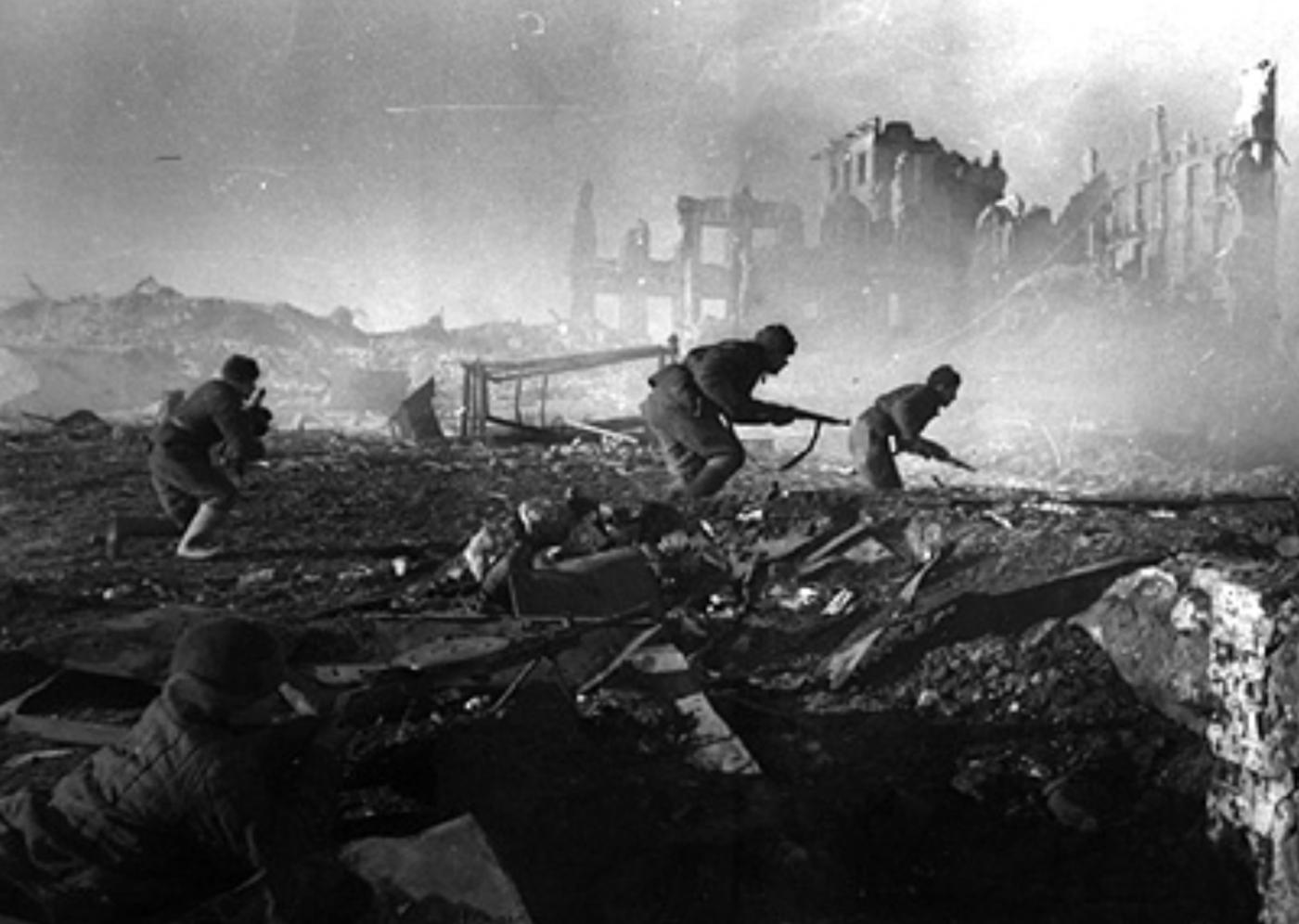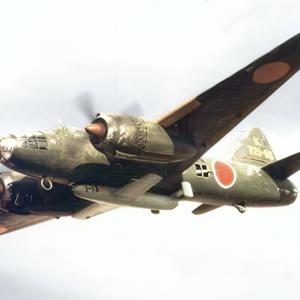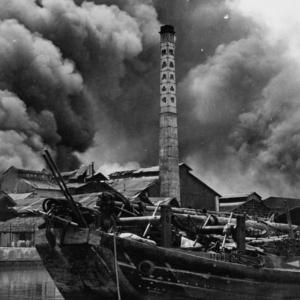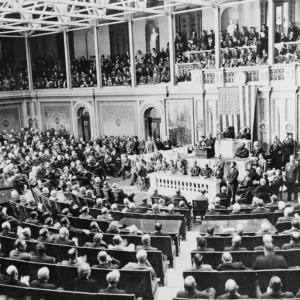
On this day in military history…
The Battle of Stalingrad began on 17th July 1942, when the German 6th Army, commanded by General Friedrich Paulus, launched an offensive against the Soviet city of Stalingrad (now Volgograd) as part of Germany’s summer campaign, Operation Blue. The strategic aim was to seize control of the Volga River and the oil fields of the Caucasus. Stalingrad, a vital industrial center on the Volga, held both military and symbolic significance.
For Adolf Hitler, capturing Stalingrad was more than a military objective—it was a matter of personal pride. He believed that taking the city, which bore the name of Soviet leader Joseph Stalin, would crush Soviet morale and demonstrate Nazi dominance. This led Hitler to become deeply involved in the battle, often making strategic decisions himself and rejecting advice from his generals.
The German assault began with intense bombing raids by the Luftwaffe, which devastated the city and killed tens of thousands of civilians. By mid-August, German forces had reached the outskirts of Stalingrad. The Soviet defenders, led by General Vasily Chuikov and the 62nd Army, began a determined resistance. Stalin had recently issued Order No. 227, famously declaring “Not one step back,” reinforcing the importance of defending the city at all costs.
By September, the battle had turned into one of the fiercest urban conflicts in history. The fighting was conducted street by street, building by building, often even room by room. German soldiers referred to it as "Rattenkrieg," or rat war, due to the close-quarters combat in ruins, sewers, and industrial buildings. Despite relentless attacks, the Soviets held key areas, especially along the western bank of the Volga River, which allowed them to ferry in reinforcements and supplies under fire.
Hitler was convinced that the Soviet forces were close to defeat and ordered Paulus to continue the attack. However, the Soviet High Command had been preparing a counteroffensive for months. On 19 November 1942, the Red Army launched Operation Uranus, a massive encircling maneuver aimed at the flanks of the German 6th Army, which were guarded by under-equipped Romanian and Hungarian troops.
Within days, the Soviet pincers met west of Stalingrad, trapping more than 300,000 Axis soldiers inside the city. Hitler forbade any breakout attempt and ordered Paulus to hold the position, insisting that the 6th Army would be supplied by air. This promise proved impossible to fulfill. The Luftwaffe was unable to deliver enough food, fuel, or ammunition, and the troops inside the pocket began to suffer from cold, starvation, and disease.
By January 1943, conditions had deteriorated beyond hope. Soviet forces launched their final offensive to crush the trapped German army. On 31 January, General Paulus surrendered the southern part of his force. On 2 February 1943, the last German units in the northern pocket also surrendered. The battle, which had lasted over six months, came to an end with a decisive Soviet victory.
The human cost of the battle was enormous. The Soviet Union lost an estimated 1.1 to 1.2 million people, including both military personnel and civilians. German and Axis casualties were around 800,000. Of the more than 300,000 German and allied troops trapped in the city, about 91,000 surrendered, and fewer than 6,000 survived Soviet captivity to return home after the war.
Stalingrad marked a major turning point in World War II. It was the first major defeat of the German army and shattered the myth of Nazi invincibility. For Hitler, it was a deeply personal and strategic failure that damaged his credibility and exposed the flaws in his leadership. For the Soviet Union, it was a defining moment of resilience and sacrifice and marked the beginning of a steady westward push that would eventually lead to the fall of Berlin in 1945.










